10 Signs Demodex Mites are Dying Off: Symptoms, Treatment, and Die Off Effects
Did you know that a 2014 study found that 100% of the adult (18+) patients examined carried Demodex Mites, and 70% of the children examined carried them too?1 Basically, they live naturally on all human skin! While these tiny creatures are a normal part of the human skin microbiome and usually harmless, they can cause significant issues when their numbers become excessive, or when you have an allergic reaction to them. Recognizing the signs demodex mites are doing more harm than good can be crucial in these cases.
But what exactly are the signs that demodex mites are causing trouble?
How do you see the signs demodex mites are dying and if you’ve actually gotten rid of them for good?
Let’s explore the world of demodex mites, microscopic inhabitants of human skin implicated in conditions like Rosacea and Demodicosis, and how to detect the signs demodex mites are dying.
Understanding these tiny creatures and their density on the skin is crucial for managing skin health effectively, and this includes recognizing the signs demodex mites are a problem, particularly in cases where a biopsy might be considered appropriate.
This guide offers actionable insights for people interested in identifying symptoms, pursuing effective treatments, and adopting preventive measures against demodex mite overgrowth and potential allergic reaction.
Key Points on Demodex Mites and the Rosacea Connection:
- Demodex Mites may contribute to Type 2 Rosacea symptoms, such as red marks, papules, pustules, enlarged pores, and itchy and dry eyes. They lead to dermatitis and often exacerbate sebum production, affecting the sebaceous glands and eyelash follicles.
- Treating the skin’s surface with demodex mite treatments can help improve Type II Rosacea symptoms, but ideally a holistic approach which includes decreasing systemic inflammation will reduce allergic reactions to demodex mites.
- Demodex mite treatment alone will not heal Rosacea, as it is often intertwined with internal factors like gut bacterial imbalance or HLA genetic markers.
- Treating other areas of the body, such as the hair, eyebrows, and the large pilosebaceous unit of the back/chest, is recommended to prevent mites from migrating to other areas.
Curious about the four Types of Rosacea? Check out our article explaining the ins, outs, and everything in between when it comes to Rosacea!
What Are Demodex Mites… Microorganisms?
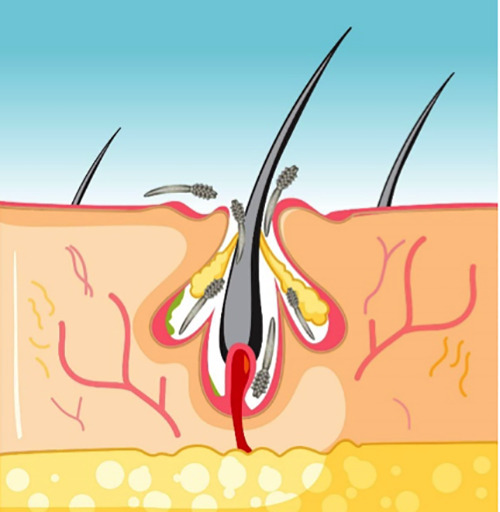
Take a look at this clear-cut diagram we have here!2 It’s your window into the secret alcove of your skin where Demodex mites, those tiny parasites that are invisible to the naked eye, camp out in the pores of your skin and your hair follicles. In fact, they are so tiny that you can have 100 mites living in a single pore. As part of your skin’s natural microbiome, these little critters are usually just feasting on dead skin cells,3 and usually live harmoniously without causing any trouble.
But for anyone battling rosacea, these mites can turn your face into a real hotspot of annoyance, sometimes stirring up a storm of symptoms.
This guide not only shows how these microscopic mites make themselves at home but also clues you in on the signs that they’re on their way out—knowledge that’s pure gold when you’re on a mission to reclaim the health of your skin.
Understanding the Life Cycle of Demodex Mites
Demodex mites, tiny cylindrical microorganisms living on our skin, have an intriguing life cycle. Their journey spans several weeks, from mating to egg-laying, hatching, and growing into adults. Interestingly, as these mites age, their numbers in a single lesion or pore can increase, particularly affecting males more than females.
Knowing about their lifecycle isn’t just academic—it provides crucial insights into the signs demodex mites are dying, helping us spot when these mites are on their way out.
Despite being common residents of our skin, an allergic reaction or overabundance of demodex mites can be hard to detect, often slipping past medical detection due to their microscopic size and transparency. While they’re usually harmless, understanding their lifecycle is key to managing and anticipating their impact on our skin health.4
The Link Between Ocular Rosacea and Demodex Mites
Ocular Rosacea, commonly known as Type 4 Rosacea, has a fascinating connection to the presence of demodex mites on the face. Studies show that these tiny mites, which live on all human skin, eyelashes and hair follicles, and are more prevalent in individuals with Rosacea. While the mites themselves don’t cause Rosacea, they can worsen symptoms, particularly in Type 2 Rosacea and Ocular Rosacea.
If you experience red, itchy eyes, crusty eyelids, or dryness, it may be a sign that demodex mites are contributing to your Ocular Rosacea.5 Treating the mite population on your face and on your eyelashes can often significantly improve these symptoms.
However, recognizing the life cycle of the mites and the symptoms you may experience when they die (often called ‘die-off’) is crucial as your symptoms may temporarily worsen which can often create confusion and cause a patient to stop treatment too early. Many treatments, often recommended by both eye doctors and dermatologists, have been effective in clearing up red, itchy, and dry eyes in individuals when used correctly for 3-4 months. It’s important to consult with a physician or eye doctor before trying any Demodex treatment.
In addition to treating the mites on your face, it’s recommended to address any underlying causes of Rosacea, such as poor gut health, liver toxicity, hormonal imbalances, a weakened immune system, and chronic inflammation. By taking a holistic approach, you can achieve long-term relief from both facial and Ocular Rosacea symptoms. Many people who’ve gone through a holistic healing protocol such as The Rosacea Method report no longer having to treat demodex mites topically once they’ve healed internally.
Connecting the Dots: Rosacea and Demodex Mites
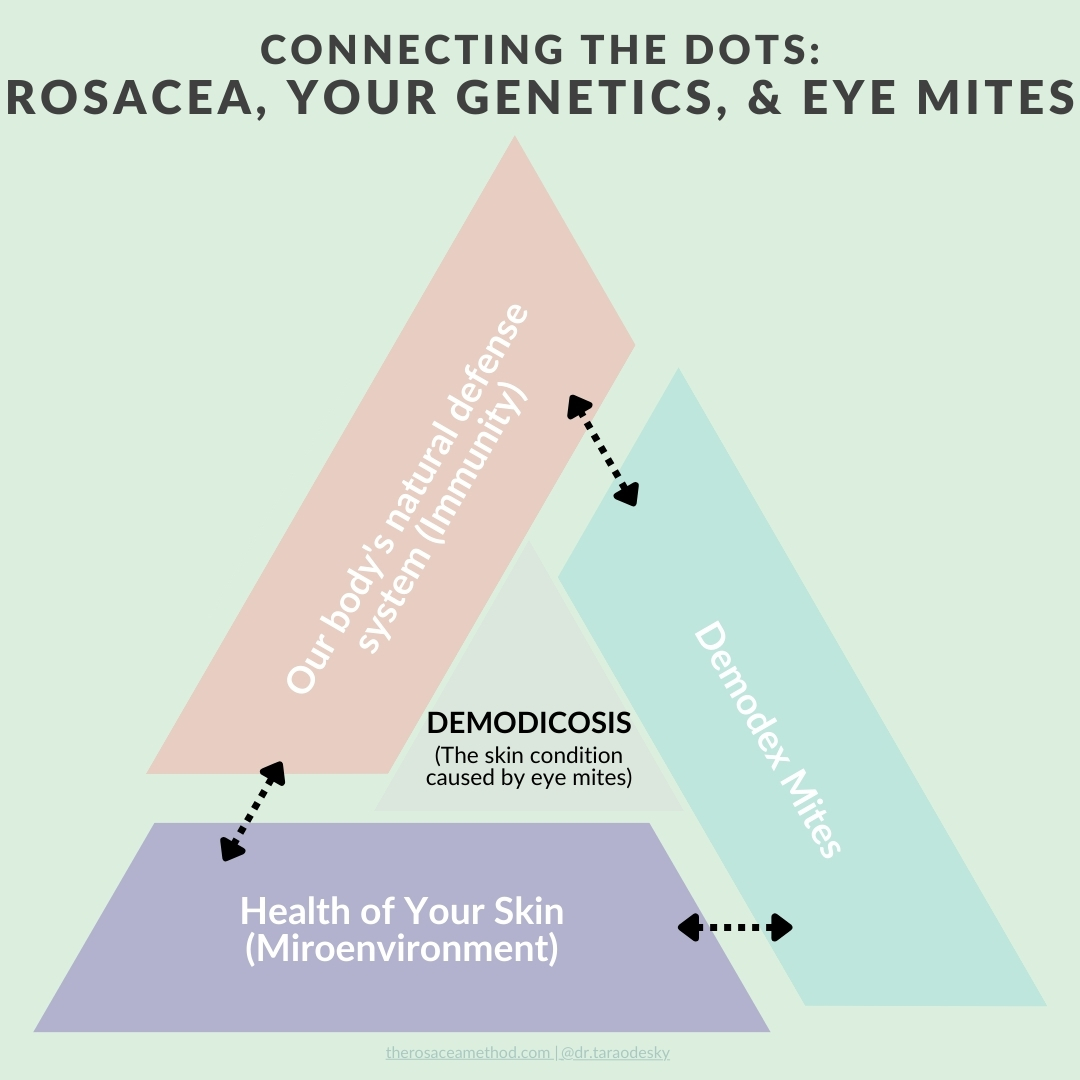
This image shows the tug-of-war between our body’s defenses, the skin microbiome, and those persistent demodex mites. Picture it as a triangle.
- Our immune system is one point, typically keeping mite numbers and inflammation in check.
- A second point is the mites themselves, part of our skin’s mini-ecosystem, causing no harm in normal, healthy skin.
- The final point is our skin’s microbiome, encompassing the skin barrier, oil and moisture levels.
Any imbalance to the delicate microbiome, such as chronic use of antibiotics or acids on the skin, excessive laser treatment, sunburn, etc., can trigger mite multiplication, potentially leading to worsening symptoms of Rosacea. And when mites perish, they ignite inflammation, fueling those bothersome red, bumpy symptoms.7
10 Signs Demodex Mites Are Dying Off!
Looking out for the key signs demodex mites are dying?
Here are the telltale signs of their departure: an initial increase in symptoms signaling their die-off, a noticeable reduction in skin irritations upon waking, an enhanced smoothness of your skin, temporary increased flakiness and fewer sensations of crawling.
These indicators are a few of the many signs demodex mites are dying off, signaling the mites’ decline and your progress toward healthier, clearer skin.
 1. The Initial Flare-Up (And Why It’s a Good Sign):
1. The Initial Flare-Up (And Why It’s a Good Sign):
Witnessing your symptoms intensify initially might be unsettling, yet it’s often a beacon of hope, signaling the demise of those troublesome demodex mites. Here’s the breakdown:
- Increased activity: Treatment awakens the mites, causing a spike in symptoms, indicating your regimen is in action and that you aim to clear the mites.
- Die-off reaction: Symptom escalation as the mites begin to die and in doing so release a chemical which you may react to, a clear marker that your strategy is hitting the target, progressively purging the mites.
- Clearing the way: As you go through several life cycles of the mites, you’ll notice decreased symptoms of die off with each cycle. This sets the stage for healthier, symptom-reduced skin.
 2. Reduction in Red Dots or Bumps Upon Waking:
2. Reduction in Red Dots or Bumps Upon Waking:
Say goodbye to morning surprises! Since mites are most active at night, a decrease in the number of red dots or bumps on your face, when you wake up, is a clear sign that the demodex mites are on their way out.
This reduction isn’t just a relief; it’s a testament to your progress. Fewer red spots mean the mites are diminishing, and your skin is healing.
 3. Smoother Skin Texture:
3. Smoother Skin Texture:
Wave goodbye to rough skin! A classic sign of demodex mite activity is “sandpaper” skin, or pitted skin like the peel of an orange. As Demodex mites diminish, your face will feel smoother, bidding farewell to that unpleasant rough texture and unevenness.
Look forward to:
- Makeup application that’s seamless and doesn’t flake off after a few hours
- Decreased symptoms of Ocular Rosacea
- Relief from itchiness and discomfort, marking a new chapter of comfort for your skin
Celebrate these signs as your skin transitions to a softer, smoother texture with a healthy skin microbiome!
 4. Decreased “Crawling” Sensation on Skin and Body:
4. Decreased “Crawling” Sensation on Skin and Body:
Rejoice as that eerie feeling of something crawling on your skin and body lessens, a sign that demodex mites are dying and on their way out. Soon, the unsettling sensation that disrupted your nights will just be a memory.
What to expect:
- Say goodbye to restless nights spent fighting off the feeling of invisible critters.
- Welcome a sense of calm and liberation as the crawling sensation vanishes.
Imagine a before-and-after scenario where the discomfort and itchiness give way to comfort and uninterrupted sleep. This marks a significant shift towards freedom from the mites’ disconcerting effects on your face and body.
 5. Improvement in Acne-like Rosacea Type 2 Symptoms:
5. Improvement in Acne-like Rosacea Type 2 Symptoms:
As defeat is near and demodex mites are dying, celebrate the visible reduction of acne-like Type 2 Rosacea symptoms. Say hello to a more radiant complexion.
Signs of improvement include:
- Red marks lighten, unveiling a more balanced skin tone.
- Reduced inflammation means less discomfort and a more serene skin appearance.
- Pores appear finer, enhancing your skin’s texture.
Visualize the relief and confidence as you notice your skin’s transformation, freeing you from the constant worry about your Rosacea symptoms.
 6. Alleviation of Ocular Rosacea Symptoms:
6. Alleviation of Ocular Rosacea Symptoms:
Celebrate as the demodex mites’ decline brings a sigh of relief to Ocular Rosacea symptoms, marking a turn towards better days for your eyes and face.
Watch for signs of improvement:
- Diminished redness and itchiness
- Reduced dryness and blurry vision
- Reduced sensitivity to light
- Lessened sensation of grittiness in the eyes
As these symptoms ease, it’s a clear indicator that your approach is on the right track. While there might be brief periods of intensified symptoms, they’re usually part of the healing process. As always, you’ll want to work closely with your doctor to make sure you’re not experiencing an allergic reaction to any sort of treatment.
 7. Less Intense Demodex Die-Off Cycles:
7. Less Intense Demodex Die-Off Cycles:
As Demodex mites begin to diminish, their die-off cycles become noticeably milder and shorter, signaling effective treatment. This improvement indicates a positive turn in your battle against mite infestation, moving you closer to clearer skin.
 8. Skin Moisturization Needs May Change:
8. Skin Moisturization Needs May Change:
Notice a shift in how much moisturizer your skin needs? This might indicate a decrease in demodex mite numbers, as they inhabit skin follicles and consume dead skin cells.
Initially you may notice intense dryness with certain demodex mite treatments such as sulfur, however as treatment progresses, your skin’s moisture balance can improve dramatically, possibly reducing the need for heavy moisturization.
This change is a good sign of your skin healing and regaining its natural balance, signaling progress in your fight against demodex mites.
 9. Increased Efficacy of Skin Care Products:
9. Increased Efficacy of Skin Care Products:
Noticing your skin care products are working better? This could mean the demodex mites are on their way out, enhancing the products’ effectiveness.
Watch for these signs:
- easier absorption into your skin
- longer wearability of makeup
- reduced reaction to topical products
These improvements suggest that the diminishing mite population is no longer interfering with your skin microbiome and skin barrier.
As mites decrease, the cause of irritation fades, allowing your skin care products to perform at their best, leading to healthier, more comfortable skin.
 10. Skin Stabalizes and Flare-ups Calm Down:
10. Skin Stabalizes and Flare-ups Calm Down:
As those pesky demodex mites start to meet their demise, you’ll begin to experience a delightful transformation in your red cheeks, face, and skin—the flare-ups will gradually subside, leaving you with a more stable and less irritated complexion.
As mites decrease, expect a steady improvement in skin texture and fewer flare-ups, marking success in your fight against demodex mites.
The Role of Diet and Immune Response in Managing Demodex Mites
Your diet isn’t just about managing mites; it’s crucial for reducing Rosacea symptoms. A balanced rosacea diet boosts your versatile immune system, aiding in the fight against demodex mites and potential viral and bacterial infections.
- Recognize and avoid foods that disrupt your gut microbiome, like artificial sugars, fast food, or alcohol, to decrease inflammation and support your immune system
- Enhancing your diet with gut-healing foods can improve your overall health
Natural Home Remedies vs. Clinical Treatments:
Pros and Cons
- Natural remedies offer a holistic way to address demodex mites, using ingredients that can effectively reduce the population of mites without antibiotics and harsh medications. They’re generally safer, with fewer side effects, and perfect for those seeking gentle, home-based care.
- Clinical treatments provide targeted solutions with topical prescriptions, antibiotics, or antiparasitics, often helpful for severe Rosacea or demodex cases. While effective, they might introduce side effects and typically need medical oversight.
Your choice depends on your comfort level and the severity of your condition. Blending the best of both worlds can sometimes offer the most comprehensive care.
The Future of Demodex Mite Research
Upcoming Trends in Demodex Mite Research:
- Genetic Studies: Scientists are diving deep into the genetics of demodex mites, aiming to distinguish between species and uncover their transmission and pathogenic traits. This research could pave the way for more precise treatments.
- Standardization: There’s a push to standardize how we talk about, diagnose, and treat demodex infestations and reactions. Such standardization could greatly enhance the consistency and quality of patient care and research findings.
- Emerging Therapies: Beyond the usual topical and systemic treatments, new research on the skin microbiome is being studied. These innovative approaches offer relief for those dealing with this parasite and related conditions like dandruff and seborrheic dermatitis, which may possibly be linked to mites.
Celebrating Small Victories:
The Road to Recovery!
As you manage demodex mites and Rosacea, remember to acknowledge each step forward:
- Noticing the Die-off Signs: Celebrate when you see fewer red dots or bumps upon waking smoother skin, and less sensation of crawling at night.
- Expect Fluctuations: It’s normal to see symptoms worsen before they improve, indicating the mites are dying. Always check with your doctor to confirm this is not an allergic reaction to a new treatment.
- Comprehensive Treatment: To prevent relocation, extend treatment to other areas prone to mite migration, such as the scalp, eyebrows, and back/chest. Always consult your dermatologist or eye doctor for advice on comprehensive care.
- Addressing Underlying Causes: Beyond treating symptoms, addressing the root causes of Rosacea ensures long-term relief. Remember, demodex mites live on all human skin, but not everyone reacts to them. Reducing your internal inflammation will greatly reduce your reaction to mites.
Overpower Demodex Mites & Unlock the Secret to Flawless Skin
Dealing with demodex mites might feel like a chore, but hey, when you start seeing clearer skin in the mirror, it’s well worth it!
However, it’s crucial to recognize that the journey to clear skin starts with understanding that Rosacea is an internal issue. Topical demodex mite treatments can potentially reduce the symptoms of rosacea, but they are not a long-term solution.
And if you’re looking for a structured approach to handle this effectively, we’ve got just the thing.
Begin your journey to clearer, healthier skin today with The Rosacea Method, which includes a comprehensive guide to naturally addressing demodex mites.
FAQs: Signs Demodex Mites are Dying Off
What are demodex mites and what role do they play in skin health?
Demodex mites are microscopic parasites that naturally live on human skin. While they are a normal part of the skin’s microbiome, an overpopulation of these mites can lead to skin issues such as rosacea and acne.
How can demodex mites be diagnosed?
Demodex mites live naturally on all human skin, so a skin scraping isn’t an effective diagnostic tool. Symptoms of Acne Rosacea are good indicators that you may be having a reaction to demodex mites.
What is the relationship between demodex mites and tea tree oil?
Tea tree oil is proven to have anti-parasitic properties that can help control demodex mite populations on the skin, making it a popular natural treatment option for mite infestations. However, allergic reactions are very common and this oil must be used in proper dosages to be effective.
What treatment options are available for demodex mite infestations?
Treatment options for demodex mite infestations may include topical creams, medicated cleansers, and in severe cases, anti-parasitic medications prescribed by a healthcare provider.
What are some die-off symptoms when demodex mites are dying off?
Die-off symptoms of demodex mites may include an initial worsening of symptoms, such as increased itching and redness before improvements in skin health are noticed. This must be differentiated from an allergic reaction to a new treatment.
Can demodex mite reactions lead to other skin conditions?
Yes, increased demodex mite activity have been linked to conditions like blepharitis, folliculitis, and Acne Rosacea, which can further aggravate skin health.
What are demodex mites?
Demodex mites are microscopic parasites that live in or near hair follicles and pores of mammals, including humans. The two main species that affect humans are demodex folliculorum and demodex brevis.
What are the symptoms of demodex mite infestation?
Symptoms of demodex mite reaction may include redness, itching, burning sensation, rough skin texture, and even hair loss in severe cases.
How is a diagnosis of a demodex mite reaction made?
A diagnosis of demodex mites is usually made by examining skin for flaking, sensations of crawling on the skin, bumps and tiny whiteheads, worsening symptoms at night, and the addition of Ocular Rosacea.
What causes demodex mites to die off?
Demodex mites can die off due to various factors, including certain medications, natural treatments, or changes in the skin’s environment.
What are the effects of demodex mites dying off?
The die-off of demodex mites can cause temporary worsening of symptoms, such as increased redness or itchiness, before the skin eventually improves as the mites are eliminated.
How can I prevent demodex mites from worsening my Rosacea?
Reducing overall internal inflammation, regular cleaning of bedding, discarding old cosmetics, and avoiding excessive use of oily products can help prevent demodex mite infestation.
References
- Paichitrojjana A. Demodex: The worst enemies are the ones that used to be friends. Dermatol Reports. 2022 Mar 23;14(3):9339. doi: 10.4081/dr.2022.9339. PMID: 36199896; PMCID: PMC9527693. ↩︎
- Image based on ‘Demodex: The worst enemies are the ones that used to be friends’ by Paichitrojjana A., Dermatol Reports, 2022 Mar 23;14(3):9339. doi: 10.4081/dr.2022.9339. Figure 1. Used under CC BY-NC 4.0 ↩︎
- Rather PA, Hassan I. Human demodex mite: the versatile mite of dermatological importance. Indian J Dermatol. 2014 Jan;59(1):60-6. doi: 10.4103/0019-5154.123498. PMID: 24470662; PMCID: PMC3884930. ↩︎
- Nashat MA, Ricart Arbona RJ, Riedel ER, Francino O, Ferrer L, Luchins KR, Lipman NS. Comparison of Diagnostic Methods and Sampling Sites for the Detection of Demodex musculi. J Am Assoc Lab Anim Sci. 2018 Mar 1;57(2):173-185. PMID: 29555007; PMCID: PMC5868384. ↩︎
- Forton FMN. The Pathogenic Role of Demodex Mites in Rosacea: A Potential Therapeutic Target Already in Erythematotelangiectatic Rosacea? Dermatol Ther (Heidelb). 2020 Dec;10(6):1229-1253. doi: 10.1007/s13555-020-00458-9. Epub 2020 Oct 23. PMID: 33095403; PMCID: PMC7649190. ↩︎
- Image based on ‘Demodex: The worst enemies are the ones that used to be friends’ by Paichitrojjana A., Dermatol Reports, 2022 Mar 23;14(3):9339. doi: 10.4081/dr.2022.9339. Figure 3. Used under CC BY-NC 4.0 ↩︎
- Image based on ‘Demodex: The worst enemies are the ones that used to be friends’ by Paichitrojjana A., Dermatol Reports, 2022 Mar 23;14(3):9339. doi: 10.4081/dr.2022.9339. Figure 3. Used under CC BY-NC 4.0 ↩︎
MEDICAL DISCLAIMER
This content is for informational and educational purposes only. It is not intended to provide medical advice or to take the place of such advice or treatment from a personal physician. All readers/viewers of this content are advised to consult their doctors or qualified health professionals regarding specific health questions. Neither Dr. Tara O’Desky nor the publisher of this content takes responsibility for possible health consequences of any person or persons reading or following the information in this educational content. All viewers of this content, especially those taking prescription or over-the-counter medications, should consult their physicians before beginning any nutrition, supplement or lifestyle program.

Leave a Reply
Learn More About Me
20 years of rosacea
- rosacea
- chronic skin issues
- gut issues
- food sensitivities
- inflammatory conditions
After 20 years of ineffective treatments and medications, Dr. O'Desky reversed her rosacea 100% through dietary changes and food-based medicine.
Health Coach & Holistic Skin Expert
Meet
Dr. Tara O'Desky
Since developing her own holistic healing program,
The Rosacea Method, she has helped countless patients of all ages with:
- rosacea
- chronic skin issues
- gut health
- food sensitivities
- inflammatory conditions
Dr. O'Desky continues to see patients in private practice in the USA and also sees clients via Telehealth. She currently offers various programs and workshops for people all over the world dealing with chronic health issues, poor gut health, and rosacea.
Health Coach and Holistic Skin Expert
Meet Dr. Tara O'Desky
-L. M.
"I want to say thank you so much for the program!
I never feel hungry anymore. My diet has opened up a ton and I feel really healthy and excited learning that there’s so many things I can eat now that are healthy and tasty. I felt good through the entire cleanse and my skin has definitely improved."
-Anonymous
"I felt so hopeless and I could not see light at the end of the tunnel. Now I have hope again and I feel more positive about my situation overall! Yes it can definitely heal, I have so so sure others heal! This program is great, I feel like It covers everything! Thank you! "
-Darlene B
"For the first time in 6 years, I feel like I have been given a clear direction to go in that will actually heal my skin. There's so much guess work that comes along with skin complications and Tara helps to clear all that up.Recommend 1000%."
 1. The Initial Flare-Up (And Why It’s a Good Sign):
1. The Initial Flare-Up (And Why It’s a Good Sign): 2. Reduction in Red Dots or Bumps Upon Waking:
2. Reduction in Red Dots or Bumps Upon Waking: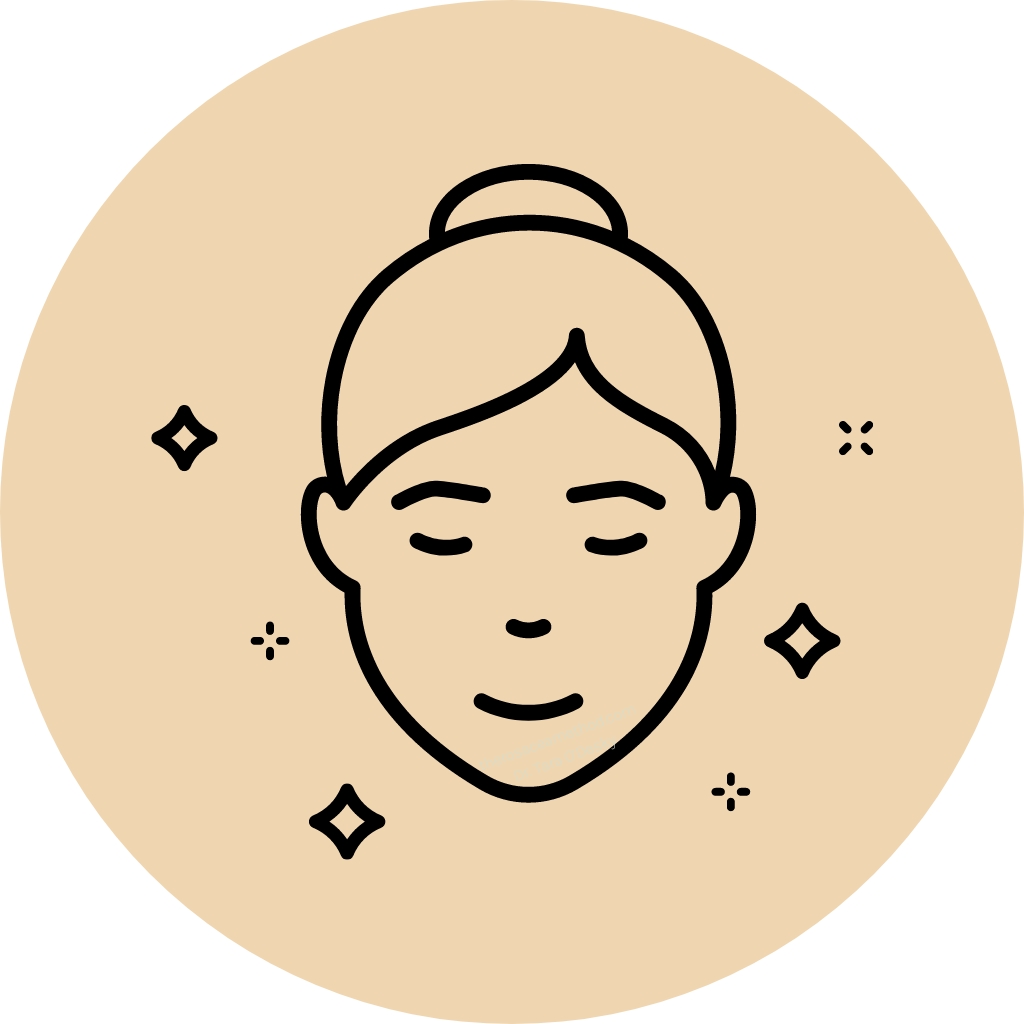 3. Smoother Skin Texture:
3. Smoother Skin Texture: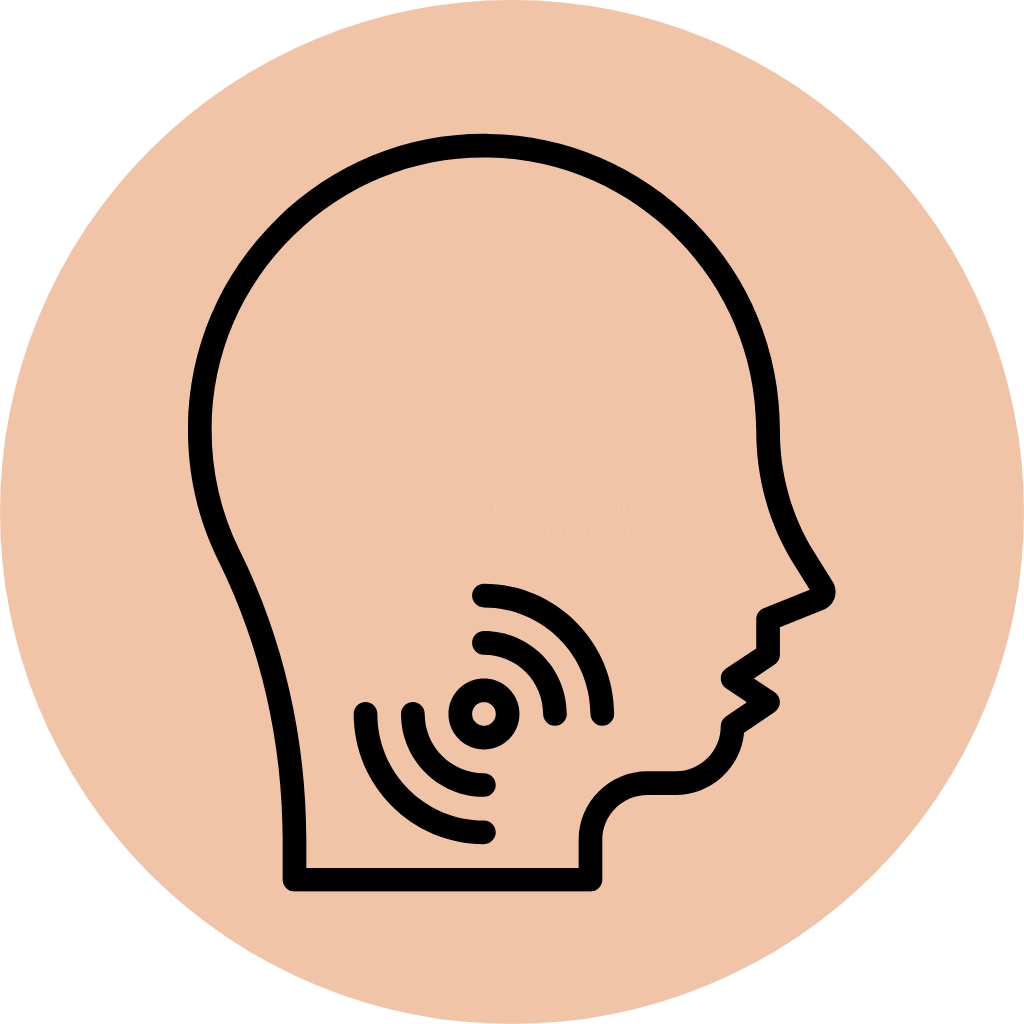 4. Decreased “Crawling” Sensation on Skin and Body:
4. Decreased “Crawling” Sensation on Skin and Body: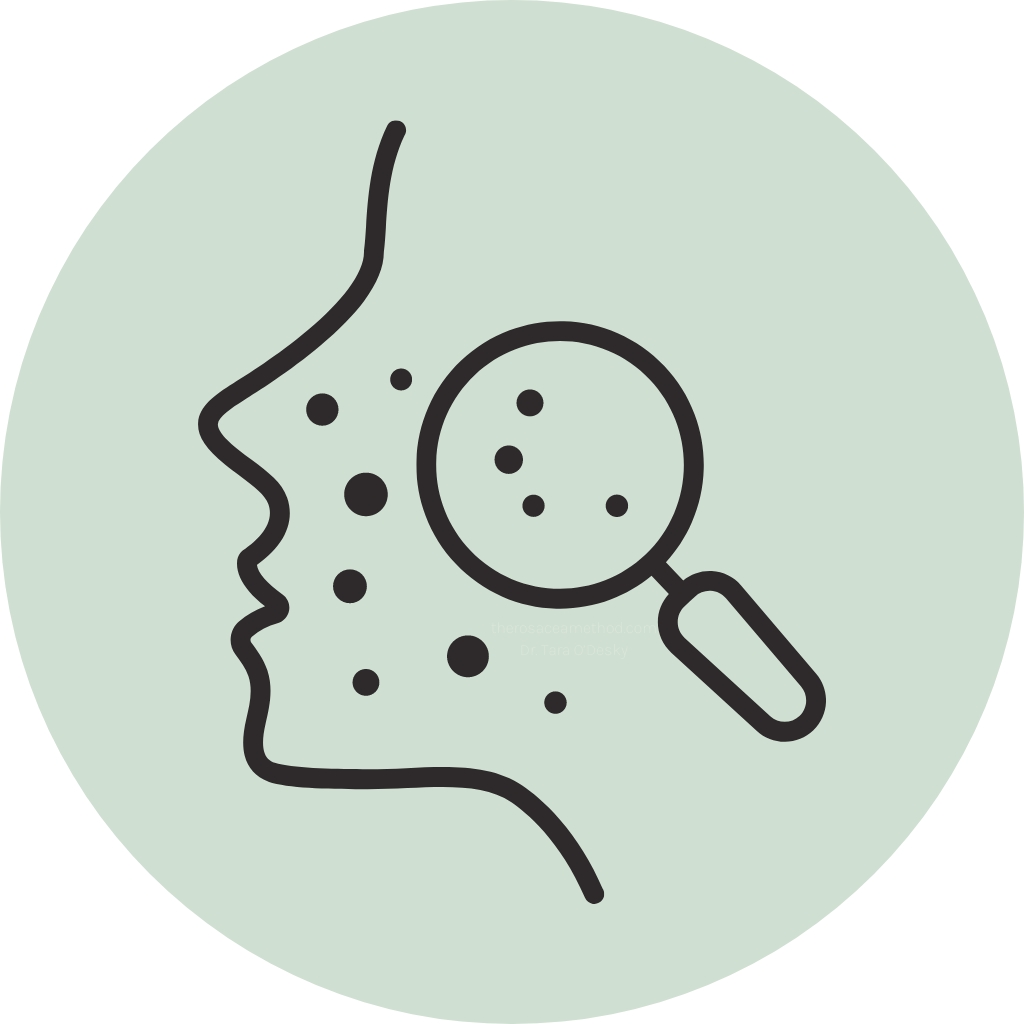 5. Improvement in Acne-like Rosacea Type 2 Symptoms:
5. Improvement in Acne-like Rosacea Type 2 Symptoms: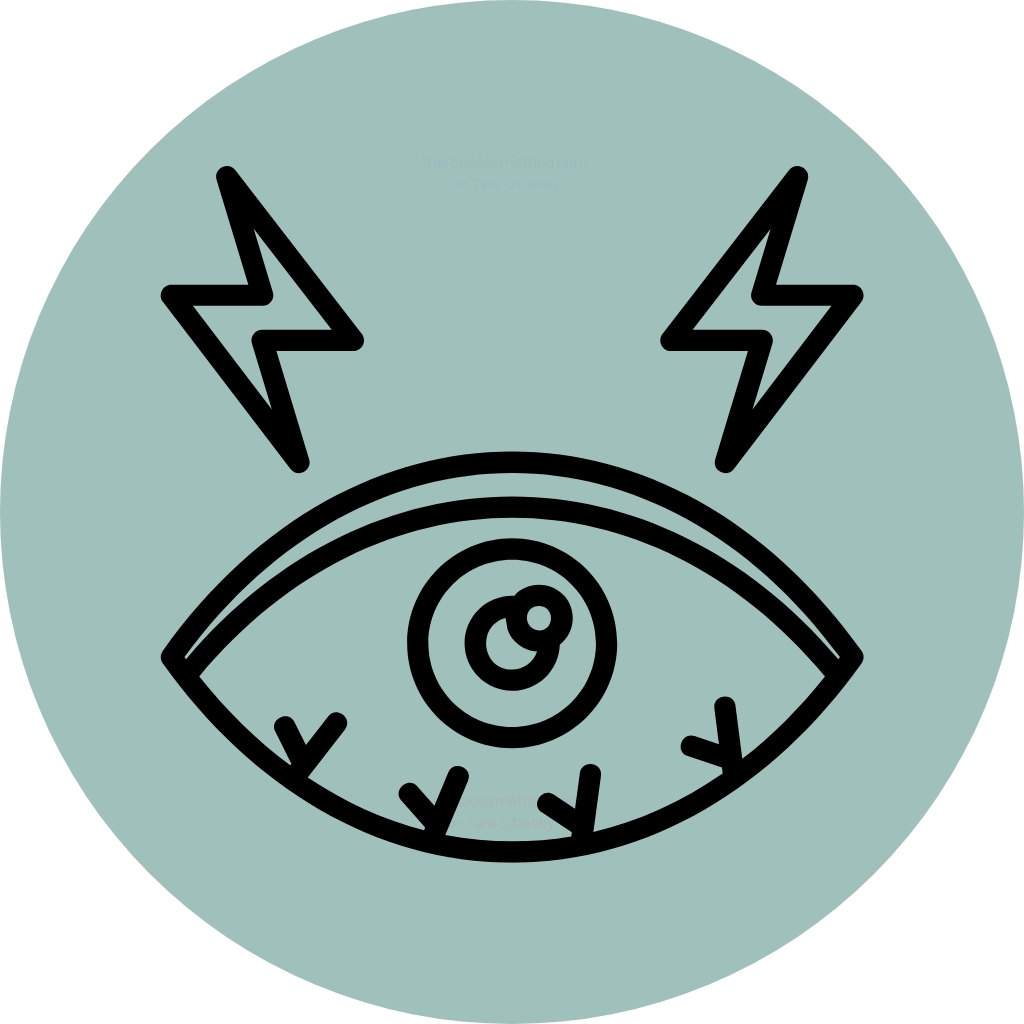 6. Alleviation of Ocular Rosacea Symptoms:
6. Alleviation of Ocular Rosacea Symptoms: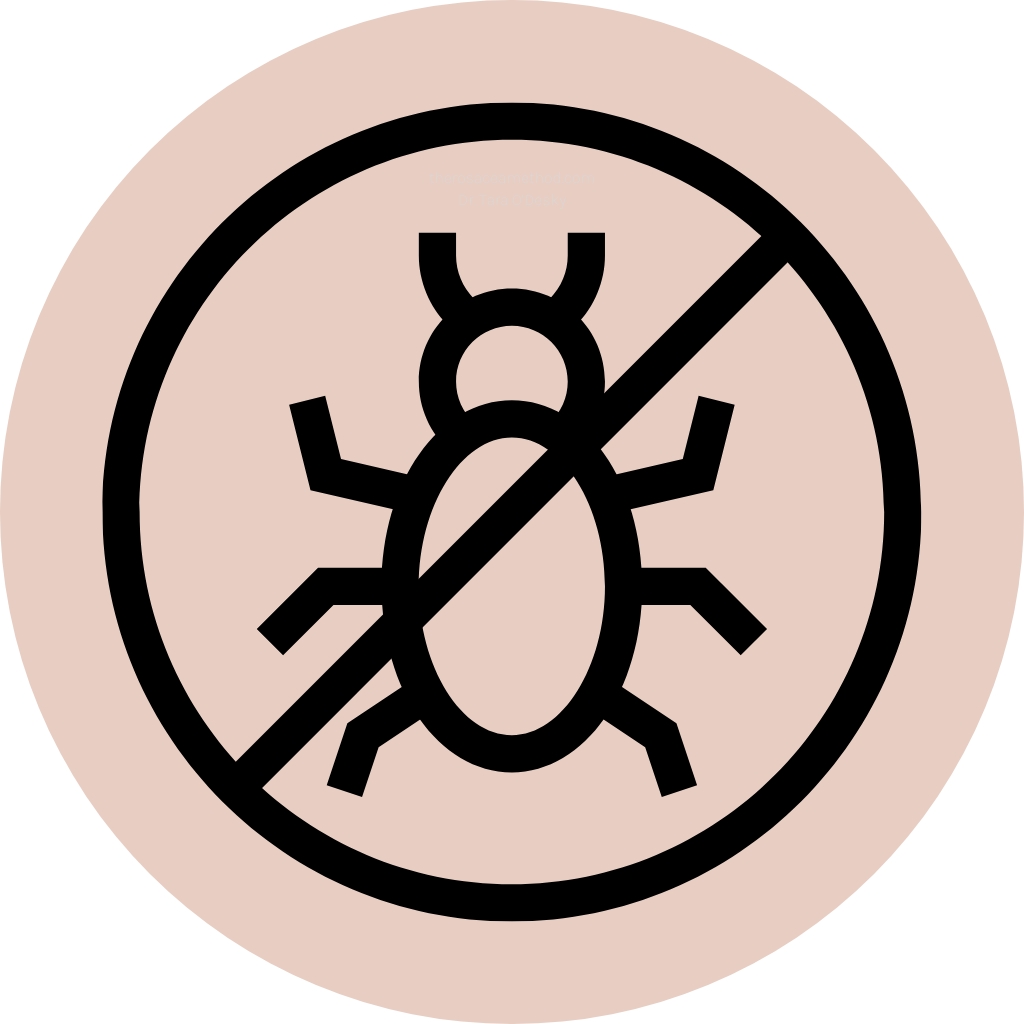 7. Less Intense Demodex Die-Off Cycles:
7. Less Intense Demodex Die-Off Cycles: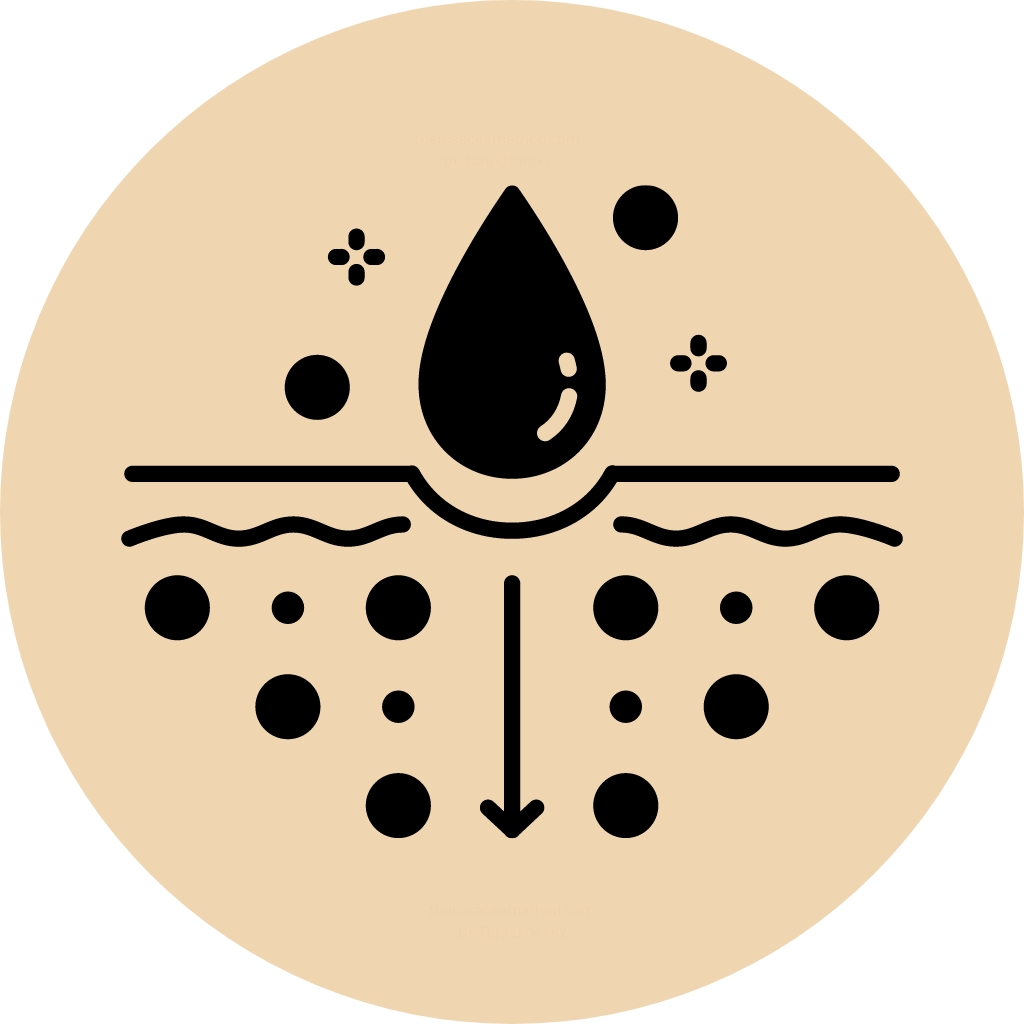 8. Skin Moisturization Needs May Change:
8. Skin Moisturization Needs May Change: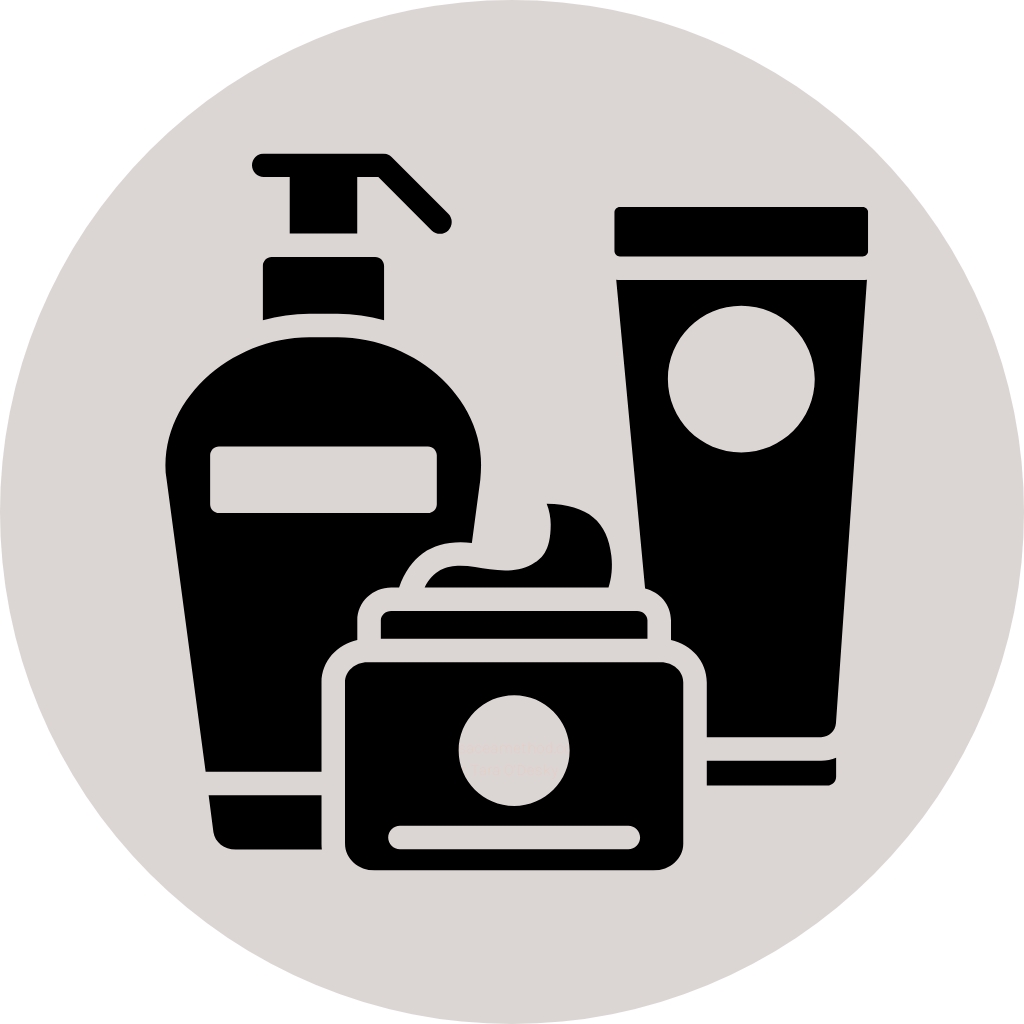 9. Increased Efficacy of Skin Care Products:
9. Increased Efficacy of Skin Care Products: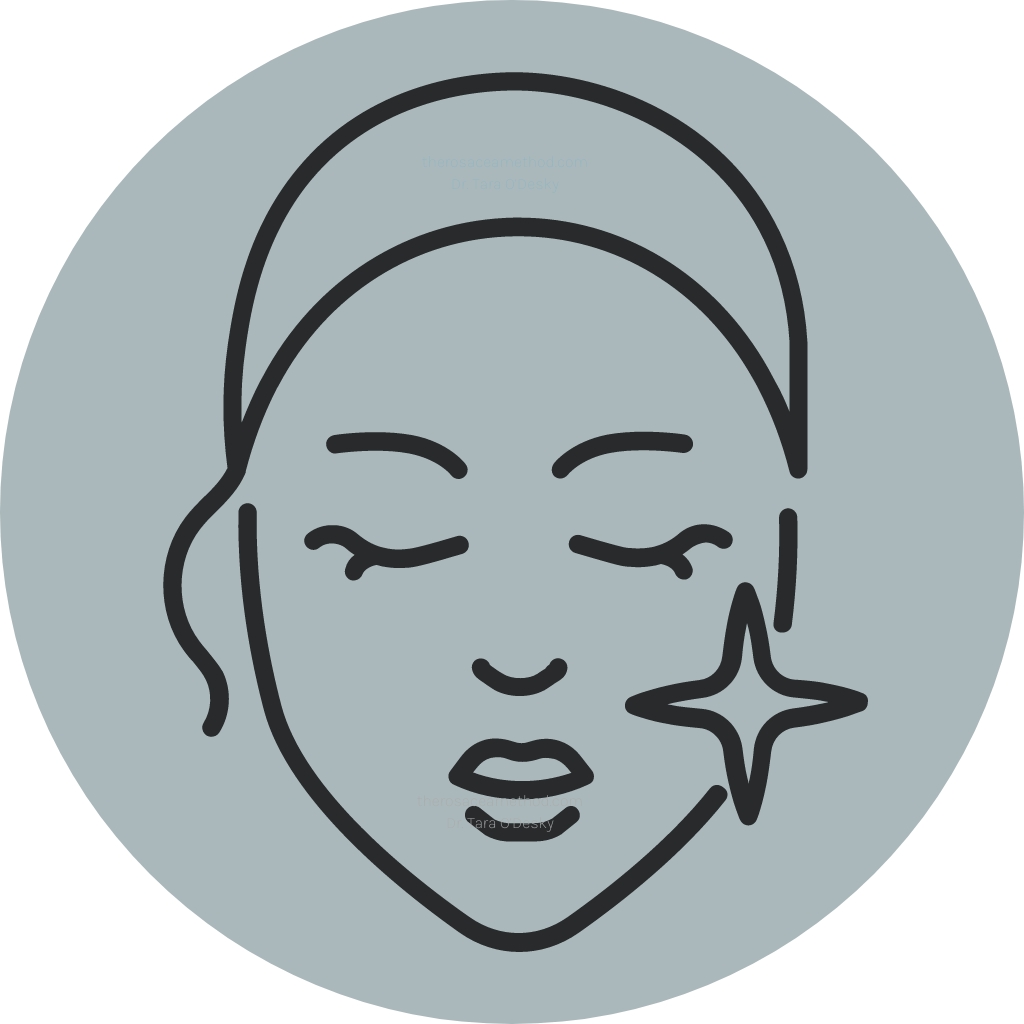 10. Skin Stabalizes and Flare-ups Calm Down:
10. Skin Stabalizes and Flare-ups Calm Down:
Thanks for this info@
Thank you so much for this I have rosacea and would like to heal it 100%
I think I have my occasional dermites flare up which was recent. Then it went away but I noticed it when I drank a very sugary drink. My forehead was fully attacked but I wonder if I’ll ever be able to drink again
You should after internal healing!
Thank you so much for this information! Now I’ll have to talk with my daughter to see if any of her symptoms are similar.
Very interesting read. Thank you
What should I look for or stay away from for shampoo and conditioner for helping with mites on scalp? Can the mites spread from person to person or pet to person?
I love reading anything and all about rosacea, fascinating.
Agreed!
This is really informative. I never knew what an impact mites had on rosacea
Yes! Unfortunately they are rarely talked about in dermatology offices!
It’s fascinating!
Can’t wait to see all this happening to me! I think it’s finally time for me to purchase this program. I am grateful for all the free information but I would like to have full access to all of the information and see how it works on my skin with type 2 rosacea.
So excited for you to join, Teresa!
I have rosacea and eczema and dry patches around my lips my face hands what best way to stop this I have many health issues dry eyes disease autoimmune ra, I have fatty liver and under active thyroid and nodules on voice box so much more . How much is this
Yes it makes the process so much easier to have guidance and support!
My rosacea is problem in demodex mites 😓
I didn’t realize my dandruff was also possibly related to demodex!
Thank you! This has been so useful for me with my skin irritation!
This was very helpful thank you 😊
Reading all this I’m understanding what type of shampoo is good to use?
Struggling with rosacea has been overwhelming at times, but guides like this and the support from this community give me so much confidence and encouragement. Thanks!
So happy you’ve found us!
Thanks for all you do!! 🤍
This was all terrifying and informative. I have some of the symptoms but I never know if that’s enough to say for certain.
Thank you for always providing insightful articles! It feels so validating to have someone so well renowned in the field discuss the “crawling” sensation! All my derms looked at me like I was mad when I used to say this at my appointments
Oooohhhh it’s real! And it CAN go away!!!
This is very interesting information, thank you for sharing!
You’re so welcome!
Thank you for your informative posts! I suffer from Rosacea for over a year now and there is so little information about it.. your work is so important!
An interesting read!
Such an interesting read!
Thank you for this information and your other nice blogs! It is very valuable to understand more about rosacea because it gives more understanding, more hope that I can heal from rosacea 🥰
Yes you can absolutely heal!
I feel like I may have this issue, but I use Merida Skin with tea tree oil and it’s done nothing for me. I’ve also tried sulfur soap and it started to clear up my face, but after a week my face just starts going right back to the way it was and then I get a huge eczema flare all down my neck to my chest. It’s awful. I just don’t know what to do anymore. I just want to stop leaving the house completely.
Topical options can be somewhat helpful in some cases, but to really understand rosacea and heal, you’ve got to work on internal healing. This is what we teach you in my program!
Thanks for sharing the information about Demodex mites! I’ve tried using Soolantra, but a whole tube of Soolantra isn’t cheap! I hope I can also reverse my rosacea flushing through other methods!
Absolutely! Soolantra will definitely not reverse it, but it’s often helpful with mites!
Another great read, thank you. I just don’t understand how more dermatologists are not more knowledgeable about this common condition today.
It’s really sad and shocking. It all comes down to what they’re being taught in medical school…. ugh.
I struggle with type 2 acne rosacea so this is a very interesting read! I’m starting out sulfur cream and it seems to be making a difference already! I need to try the rest of your protocol to see if I can completely get rid of my symptoms!
Oh yes, topical treatments can be a quick-start but ideally you want to heal internally for long term!